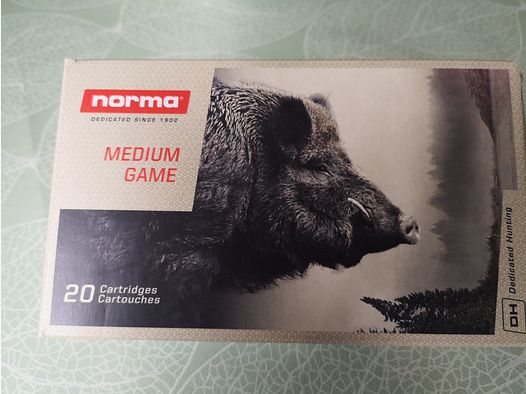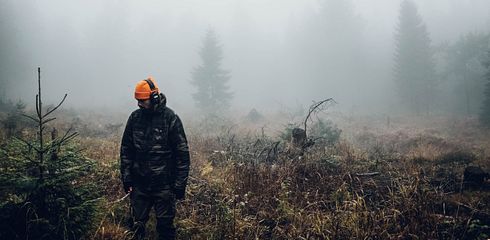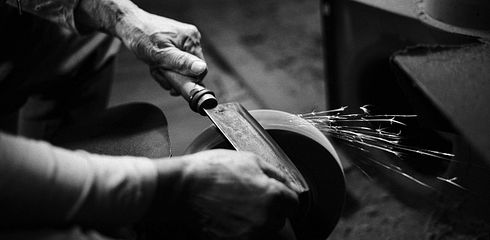Hunting, one of humanity's oldest practices, has evolved over the centuries into a versatile activity used for food procurement, wildlife management, and sport. Various hunting methods have developed, each tailored to specific environments, game species, and traditions. In this article, we will explore five common forms of hunting: driven hunting, push hunting, lure hunting, stand hunting, and trapping.
Driven Hunting
Driven hunting is a method often used in open landscapes. It involves a group of hunters, called drivers, and a number of shooters. The drivers move through the terrain to drive the game out of its hiding place and towards the waiting shooters. This form of hunting requires good coordination and communication among all participants. It is often used for hunting small game such as pheasants and hares.

Push Hunting
Push hunting is similar to driven hunting but differs in some key aspects. It usually takes place in denser forests or brushland and requires closer proximity between hunters and game. The drivers move more slowly and quietly to avoid startling the game, gently pushing it towards the shooters. This method is effective for hunting moving game in dense vegetation. Free-running dogs are often used in this method.

Lure Hunting
Lure hunting is a subtle and often solitary hunting method. The hunter uses lures – which can be sounds, scents, or bait – to attract the game. This technique requires a lot of patience and a deep understanding of the pursued game. It is particularly popular for bird hunting but can also be used for predators like foxes. Deer can also be hunted during the rut for lure hunting purposes.
Stand Hunting
Stand hunting is probably the most patient of all hunting forms. It is also definitely the most common. The hunter waits, often for many hours, in a high seat or another concealed position to observe and take down the game. This method is quiet and hardly disturbs the natural behavior of the animals. It is particularly suitable for hunting game that is easily startled by human presence, such as roe deer or deer.

Trapping
Trapping is one of the oldest hunting methods and is now primarily used for pest control or research purposes. It requires the use of traps to catch animals alive or dead. Trapping requires precise knowledge of animal behavior and habitats, as well as strict adherence to ethical and legal regulations.

Conclusion
Each of these hunting methods has its own traditions, techniques, and ethical considerations. They reflect the diversity of hunting cultures and practices worldwide and demonstrate how deeply hunting is rooted in human history and culture. Importantly, regardless of the method, responsible hunting practices must be followed to ensure the conservation of wildlife populations and the protection of the environment.





























